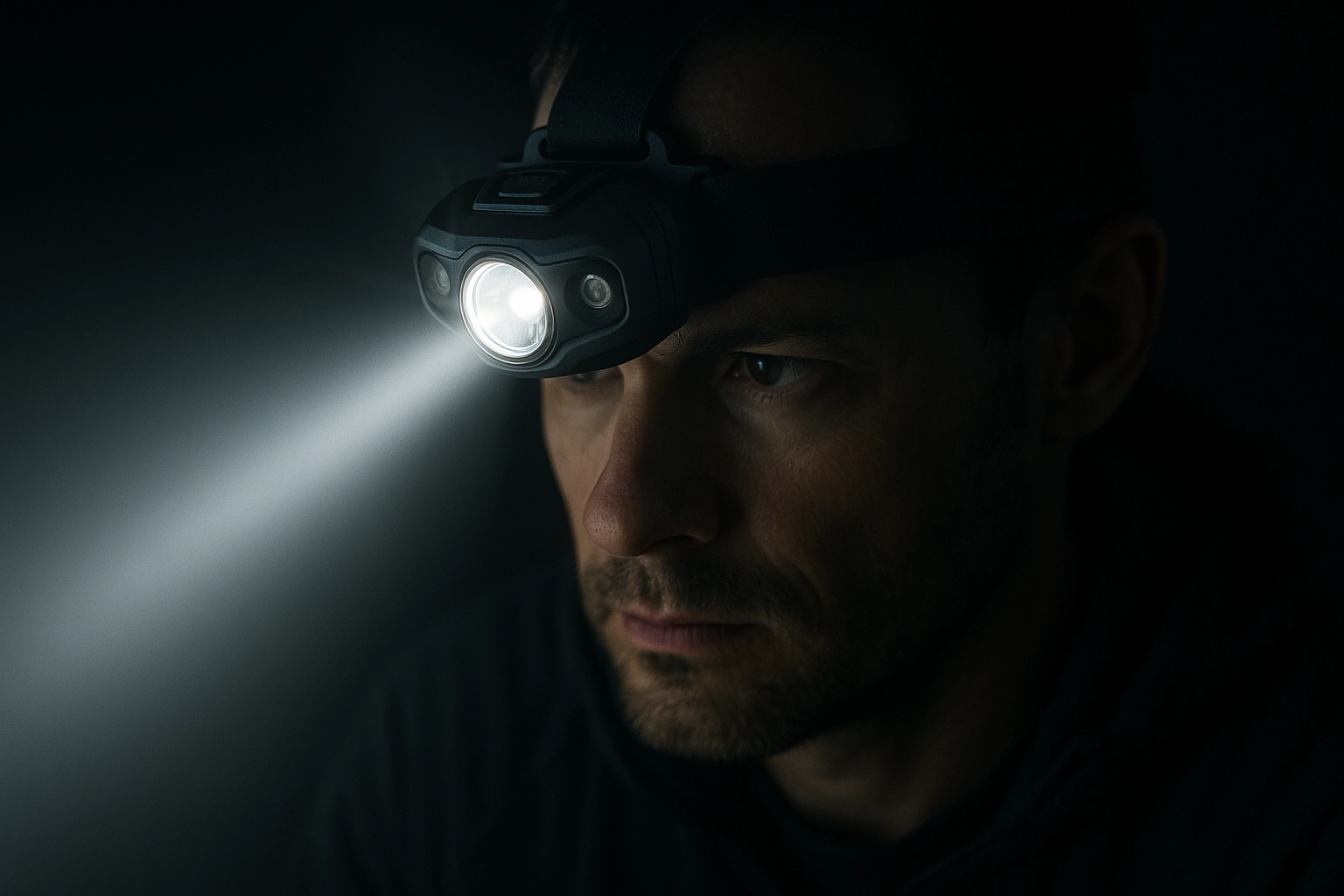SAE J1383 – Headlamp Beam Pattern Testing
The SAE J1383 standard is a critical component in ensuring that vehicle headlamps meet the required performance specifications. This standard is particularly important for manufacturers and quality assurance personnel who need to verify that their headlamps comply with international regulations and consumer safety expectations.
Headlamp beam patterns are crucial because they determine how light is distributed across the road, which directly impacts visibility and safety during nighttime driving conditions. Poorly designed or manufactured headlamps can lead to inadequate illumination of the road, causing potential hazards for drivers, passengers, cyclists, pedestrians, and other vehicles.
The SAE J1383 standard specifies the procedures for testing the high beam distribution pattern of vehicle headlamps. It defines the test conditions, equipment requirements, measurement techniques, and acceptance criteria necessary to ensure that headlamp beams meet the specified performance levels. Compliance with this standard is mandatory in many countries around the world, including the United States.
Testing according to SAE J1383 involves several key steps:
- Setting up the test environment according to specified geometrical parameters and environmental conditions.
- Positioning the headlamp within a controlled testing chamber equipped with appropriate optics and sensors.
- Projecting the high beam of the headlamp onto a calibrated screen or ground plane.
- Recording the distribution pattern of light intensity across the test surface using specialized cameras or photometers.
The recorded data is then analyzed to determine if it meets the specified performance criteria outlined in SAE J1383. If the results fall outside the acceptable limits, further adjustments must be made before retesting can occur.
Accurate and consistent testing according to SAE J1383 is essential for maintaining high standards of automotive safety and ensuring that vehicles meet regulatory requirements. Non-compliance could result in recalls, fines, or even legal action against manufacturers.
Scope and Methodology
The scope of the SAE J1383 standard covers the procedures for testing the high beam distribution pattern of vehicle headlamps. This includes both halogen and HID (High-Intensity Discharge) types of headlamps.
| Parameter | Description |
|---|---|
| Test Environment | The test should be conducted in a controlled environment with specific geometric parameters and environmental conditions. This includes temperature, humidity, and atmospheric pressure levels. |
| Headlamp Positioning | The headlamp must be positioned precisely within the testing chamber using a mounting system that ensures stability and repeatability of measurements. |
| Projection System | A calibrated projection system is used to project the high beam onto a screen or ground plane. This allows for accurate measurement of light intensity distribution patterns. |
| Data Acquisition | Data acquisition involves capturing images or recordings of the projected headlamp beams using specialized cameras and photometers. These instruments provide precise measurements of light intensity and distribution. |
The methodology outlined in SAE J1383 specifies detailed procedures for setting up the test environment, positioning the headlamp, operating the projection system, acquiring data, and analyzing results. Compliance with these methods ensures accurate testing and reliable assessment of headlamp performance.
Quality and Reliability Assurance
Ensuring quality and reliability in automotive lighting is vital for maintaining consumer trust and safety on roads worldwide. Testing according to SAE J1383 plays a crucial role in this process by providing objective, repeatable data that can be used to assess headlamp performance objectively.
Data generated from SAE J1383 testing helps manufacturers identify areas where improvements are needed, allowing them to refine designs and manufacturing processes continuously. This leads to more consistent product quality over time, which is especially important for high-volume production environments.
Regular audits of testing facilities and personnel involved in SAE J1383 compliance also contribute significantly to overall quality assurance efforts. By ensuring that all participants adhere strictly to the specified procedures, inconsistencies or errors are minimized, leading to more accurate test results.
In addition to internal quality control measures, independent third-party organizations often conduct audits of laboratories performing SAE J1383 testing. These external reviews help maintain high standards across different facilities and jurisdictions.
Customer Impact and Satisfaction
Testing headlamps according to the SAE J1383 standard has direct benefits for both customers and manufacturers alike. For consumers, safer roads mean fewer accidents, reduced risks, and enhanced peace of mind when driving at night.
Manufacturers benefit from improved product quality, which enhances brand reputation and customer satisfaction. Meeting regulatory requirements also reduces the likelihood of costly recalls or legal issues down the line.
Compliance with SAE J1383 allows manufacturers to demonstrate their commitment to safety and quality, thereby gaining a competitive edge in the market. It reassures regulators that vehicles are meeting established standards, fostering trust between industry stakeholders.





